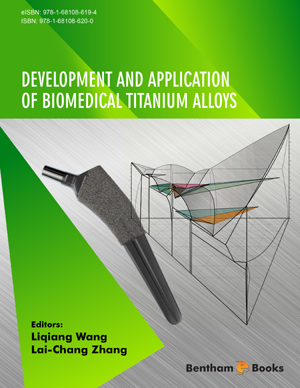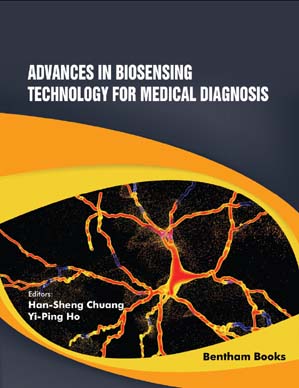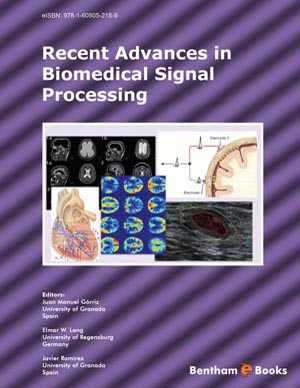Abstract
Novel non-toxic β-Ti alloys have been developed and used in the next generation of metallic implants to replace the present utilized near α-type CP-Ti and (α+β)-type Ti-6Al-4V alloy in orthopaedic applications. Nevertheless, the vast majority of these newly β-type Ti alloys are containing a substantial concentration of costly elements like Ta, Nb and Zr with high density and high melting points. Therefore, it is highly desirable to design new β-type biomedical Ti alloys composed of non-toxic, low-cost, abundant metals to lower fraction of high-cost elements. Very recently, some serials of Ti-xFe-yTa, Ti-Fe-xNb and Ti-Nb-xFe alloys have been developed by using the DV-Xα molecular orbital method. The mechanical properties of the alloys can be evaluated by studying the effects of Ta, Fe and Nb contents on phase transition, β phase stability and microstructure evolution, and compared with the currently applied biological materials to determine its suitability. In the currently designed alloys, Ti- 10Fe-10Ta, Ti-7Fe-11Nb and Ti-11Nb-9Fe display the excellent combination of mechanical properties, which make them more attractive compared with the conventionally used CP-Ti and Ti-6Al- 4V materials for biomedical applications. Compared to CP-Ti and Ti-6Al-4V alloys, a new type of Ti alloy with better performance for orthopaedic applications can be designed by appropriate alloy design.
Keywords: Fracture, Mechanical properties, Microstructure, Nanoindentation, Phase stability, Phase transformation, Shear band, Titanium, Wear.





